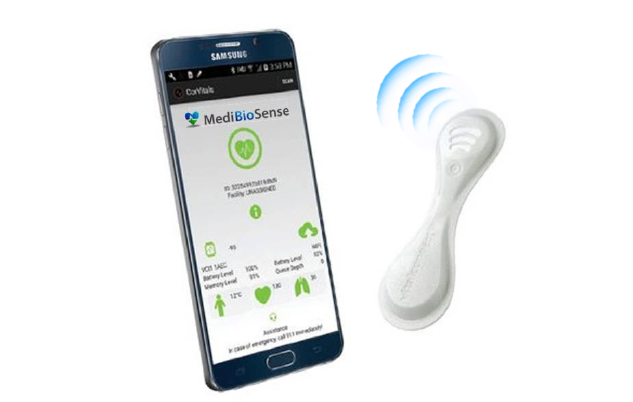
Prompt reporting of adverse events can help the FDA identify and better understand the risks associated with the product. Any device with an unknown MRI safety status should be assumed to be MR Unsafe. You should be aware that an MR Conditional device is only safe within the MR environment that matches its conditions of safe use. CT is safer for patients with devices of unknown magnetic resonance imaging (MRI) safety status. The probability of an adverse event being caused by exposing these devices to CT irradiation is extremely low, and it is greatly outweighed by the clinical benefit of a medically indicated CT examination.ĬT continues to be the preferred tomographic imaging technology for patients with implantable or wearable medical devices. Healthcare providers: The presence of the devices mentioned above should NOT preclude the performance of an appropriate, medically indicated CT scan. The probability of an adverse event is extremely low.

Patients: Physicians recommend CT scans for medical reasons. Cardiac implantable electronic devices (pacemakers and implantable cardioverter defibrillators).The electronic medical devices for which we have received reports of adverse effects and have updated our recommendations are: Interference is completely avoided when the medical device is outside of the primary x-ray beam of the CT scanner. Furthermore, the probability of x-ray electronic interference is lower when the radiation dose and the radiation dose rate are reduced. The probability that this interference can cause clinically significant adverse events is extremely low.

when the device is visible in the resulting CT image), it can cause sufficient electronic interference to affect the function and operation of the medical device. Our current understanding is that when a CT scanner directly irradiates the circuitry of certain implantable or wearable electronic medical devices (i.e.

insulin pumps, cardiac implantable electronic devices and neurostimulators). However, the FDA has received a small number of reports of adverse events that we believe to be associated with CT imaging of some implantable and wearable electronic devices (eg. Most patients undergo CT scans without any adverse consequences.

This information updates and replaces our 2008 preliminary public health notification.ĬT is a valuable type of diagnostic imaging. “This new research confirms that using Philips BioTel Heart MCOT as the first line of evaluation is more cost-effective and can provide the level of diagnostic confidence needed to help detect and diagnose atrial fibrillation, and potentially prevent a second stroke.This website provides information about a rare and preventable type of interference between Computed Tomography (CT) and electronic medical devices. “The diagnostic tools clinicians use to monitor this group of patients play an important role in finding the cause of the stroke and developing a personalized treatment plan,” Andy Broadway, General Manager of Ambulatory Monitoring and Diagnostics at Philips told the press.
Mcot heart monitor Patch#
Overall cost-of-care savings using the MCOT patch and ILR for undiagnosed AFib patients topped $4 million. The study also showed initial MCOT monitoring achieved almost eight times lower costs, reducing total cost per patient by $189,909 compared to only monitoring with ILR. It also helped reduce secondary stroke risk from new anticoagulant use in patients with MCOT patch detected AFib. The study showed 30-day continuous monitoring with Philips’ BioTel Heart MCOT patch followed by an implantable loop recorder (ILR) improved atrial fibrillation (AFib) detection rate, spotting 4.6 times more patients with AFib than ILR alone. Philips released new research evaluating mobile cardiac outpatient telemetry (MCOT) for first-line diagnostic ambulatory monitoring of 1,000 post-cryptogenic stroke patients for a year.


 0 kommentar(er)
0 kommentar(er)
